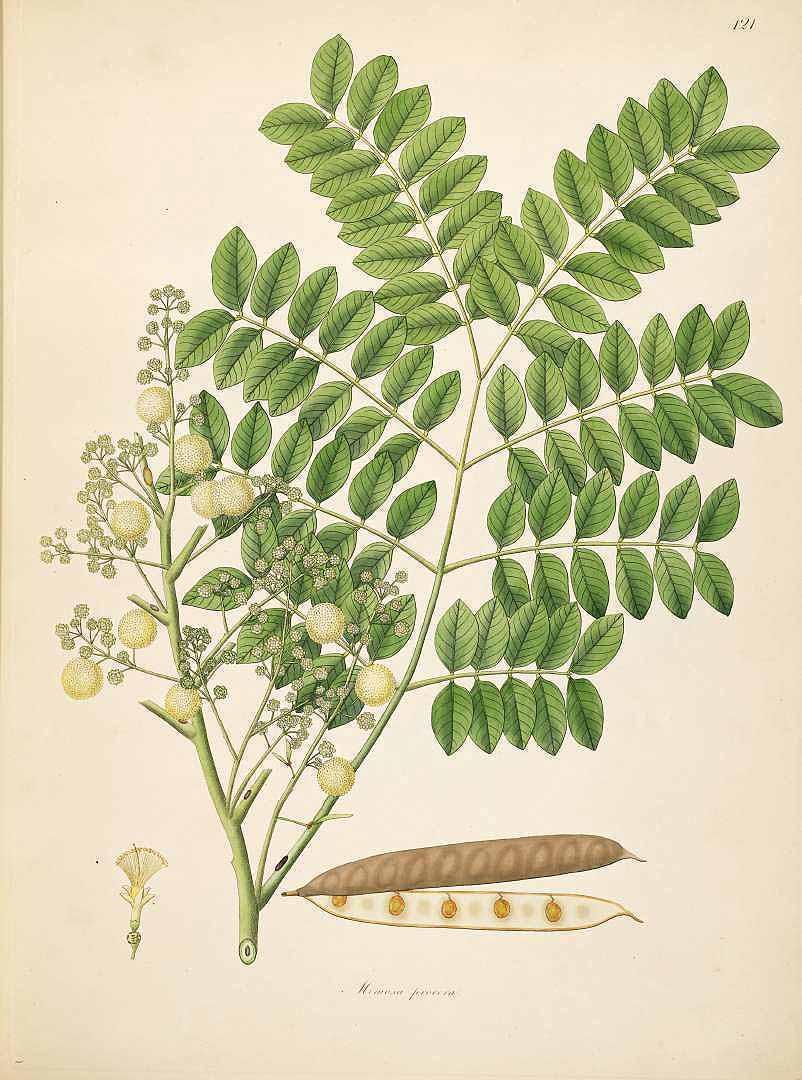Albizia procera (Roxb.) Benth.
FabaceaeFilippo degli Albizzi, a quien esta planta debe su nombre, fue un naturalista italiano del siglo XVIII perteneciente a una importante familia florentina enriquecida durante la Edad Media con el comercio de la lana. Fue Filippo el primero en introducir la albizia en Europa, trayéndola en el año de 1740 desde Estambul, la antigua Constantinopla. Una variedad de albizia, la julibrissin, es también conocida como acacia de Constantinopla. Desde esta ciudad, la actual Estambul, antigua capital del Imperio Turco Otomano, llegarán a Europa no obstante diversas especies de árboles y flores orientales. En el momento en el que Filippo degli Albizzi tomó contacto con la ciudad, Estambul era la puerta natural de entrada a Oriente desde Occidente, punto de encuentro entre Europa y Asia, sobre todo por ser comienzo y final de la antigua Ruta de la Seda que una vez, en la Edad Media, llegó hasta Europa a través de al-Andalus. La albizia da unos frutos con forma de legumbres, anchas y pequeñas, y sus hojas son utilizadas como verdura en su lugar de origen, en Asia tropical. En Europa habitualmente se cultiva como árbol de sombra, con sentido ornamental.
Procedencia
Oriental/AsiáticoCalendario
Hábitat
Morfología
 Árbol
Árbol
 Esférica
Esférica
 Pinnada
Pinnada
 Ovada
Ovada
 Opuesta
Opuesta
 Entero
Entero
 Oblicua
Oblicua
 Obtuso
Obtuso
 Perenne
Perenne
